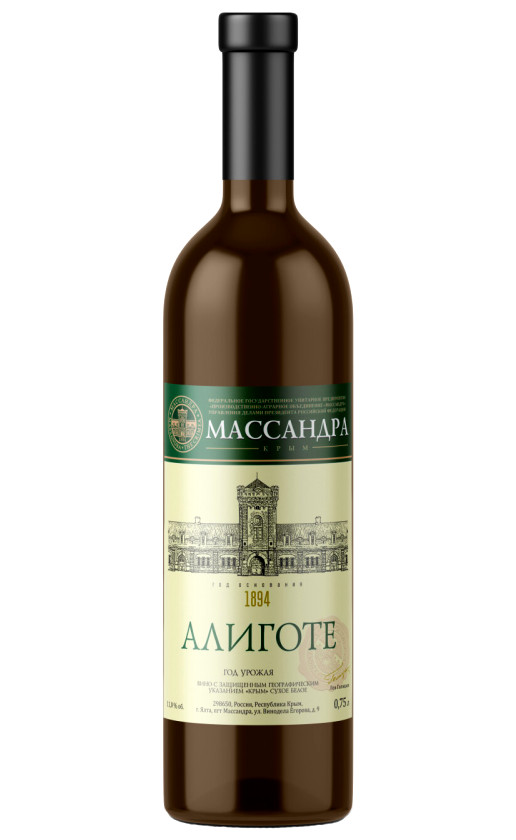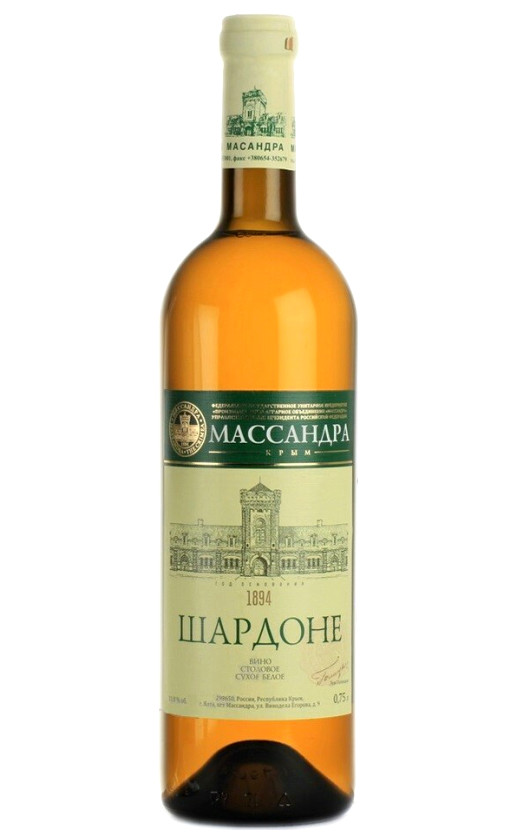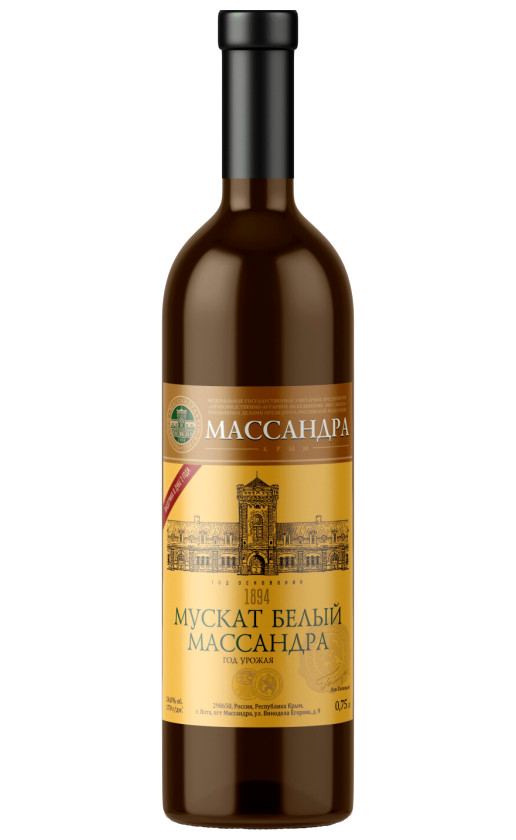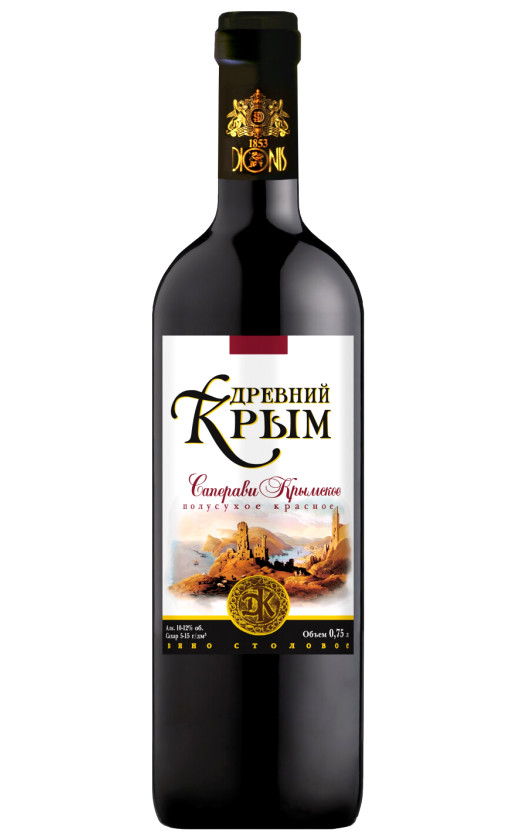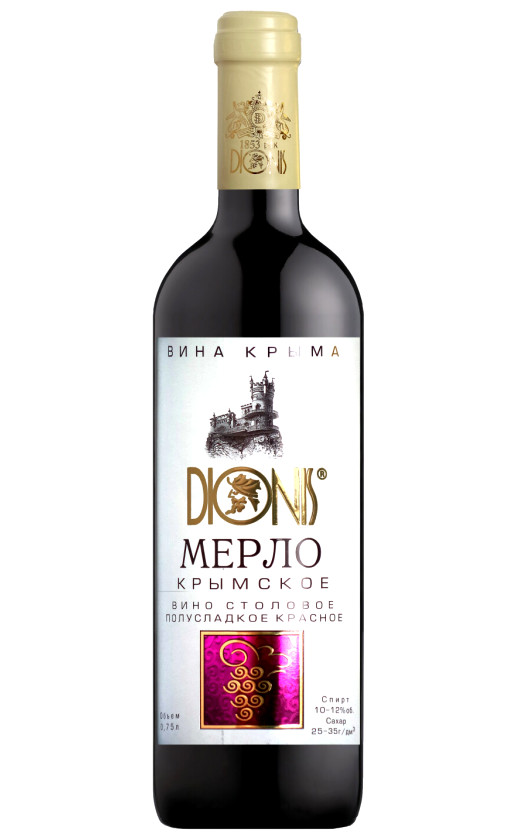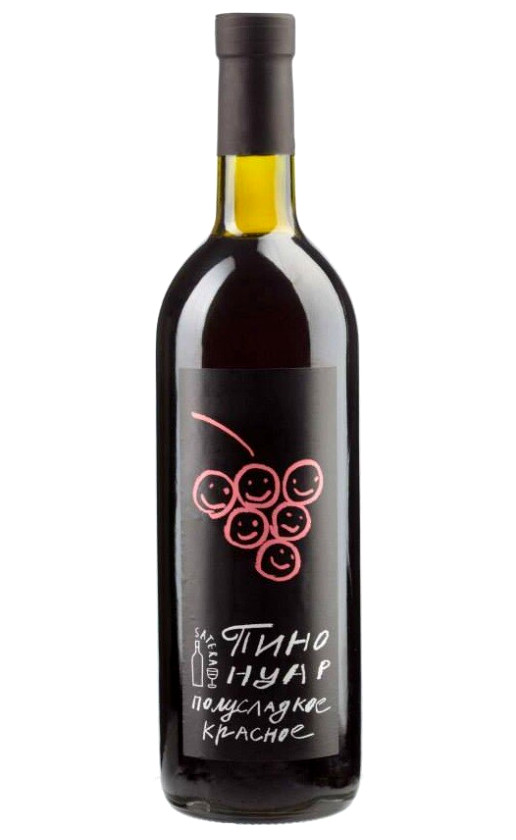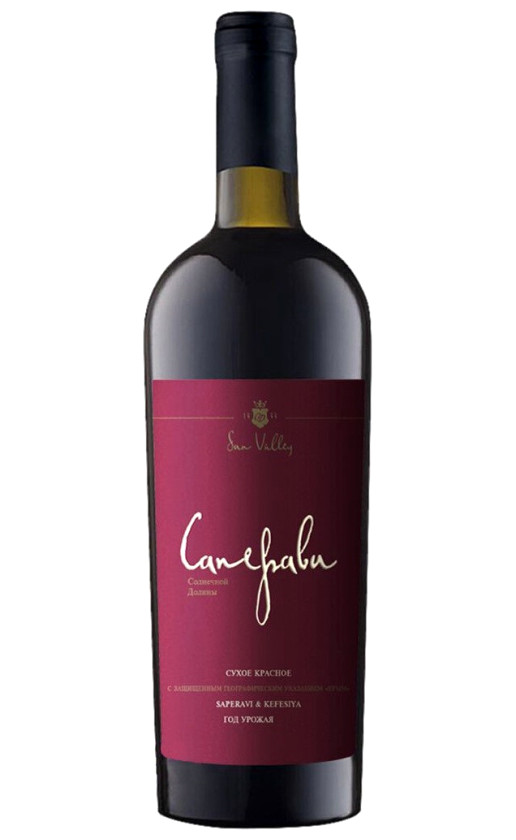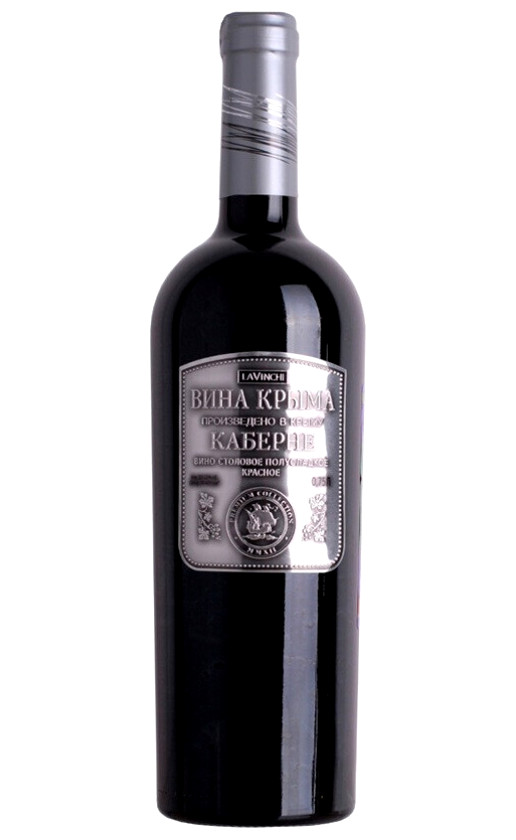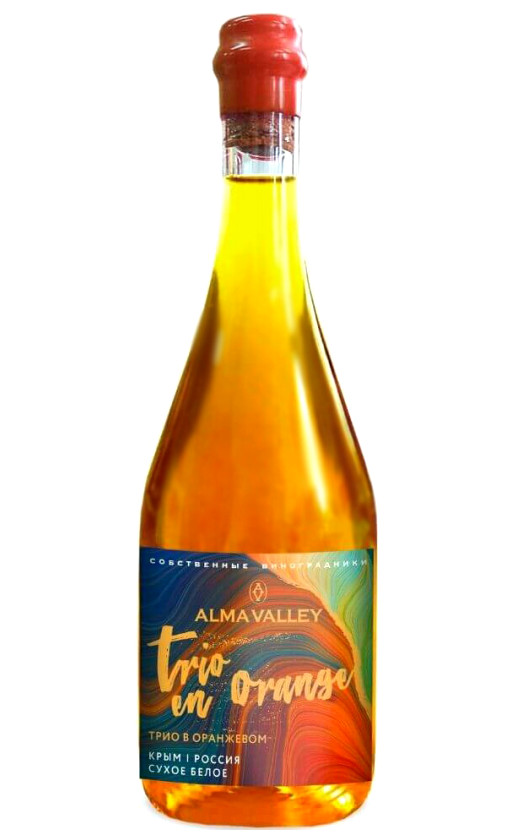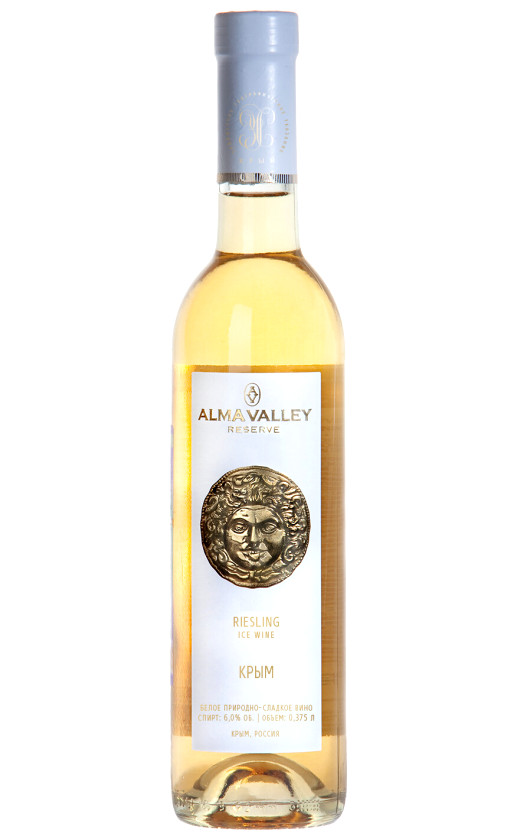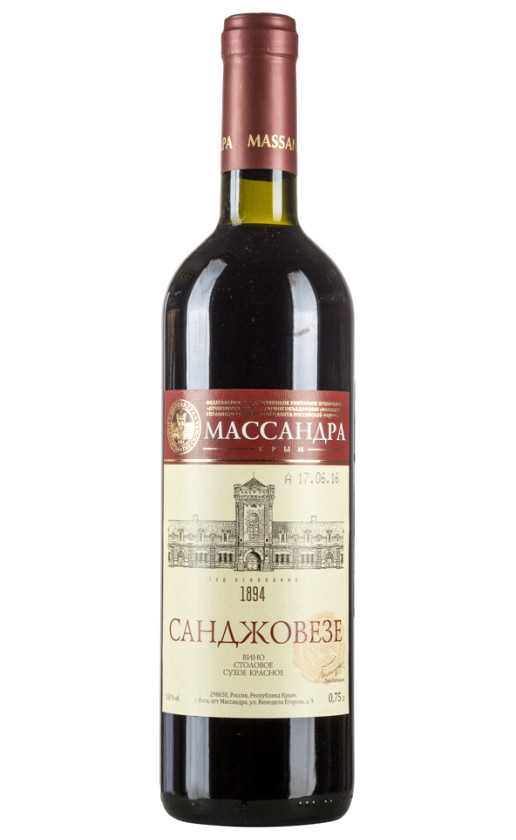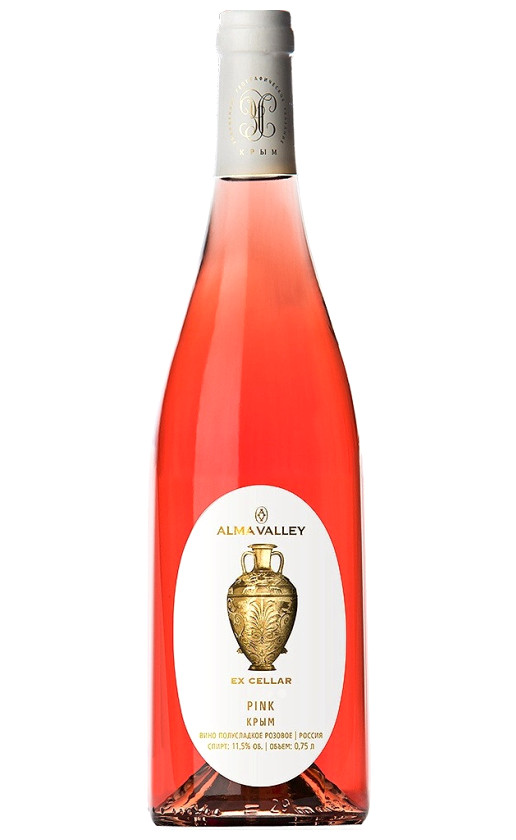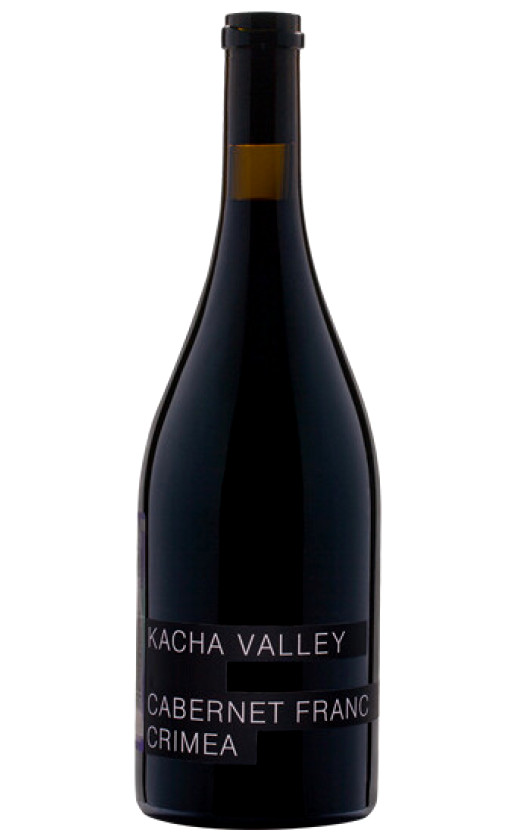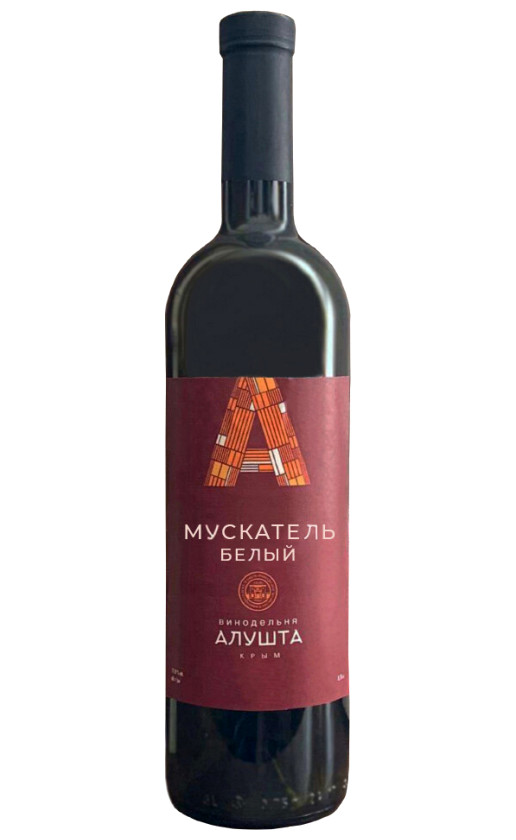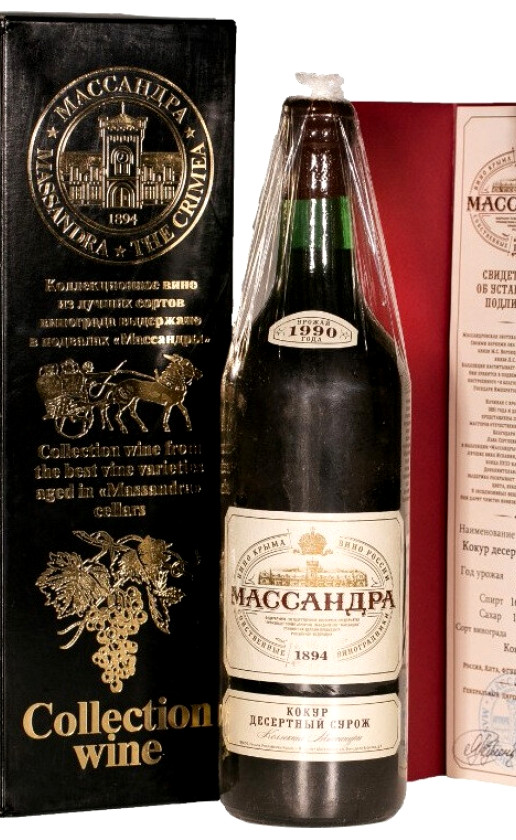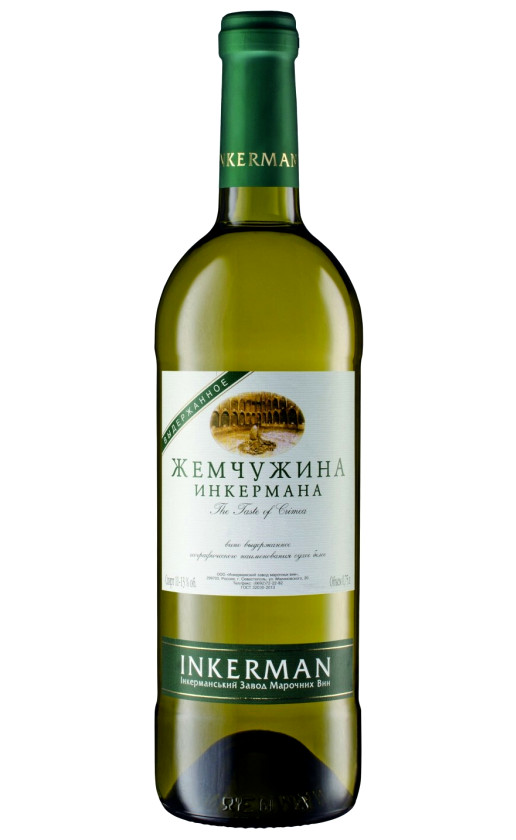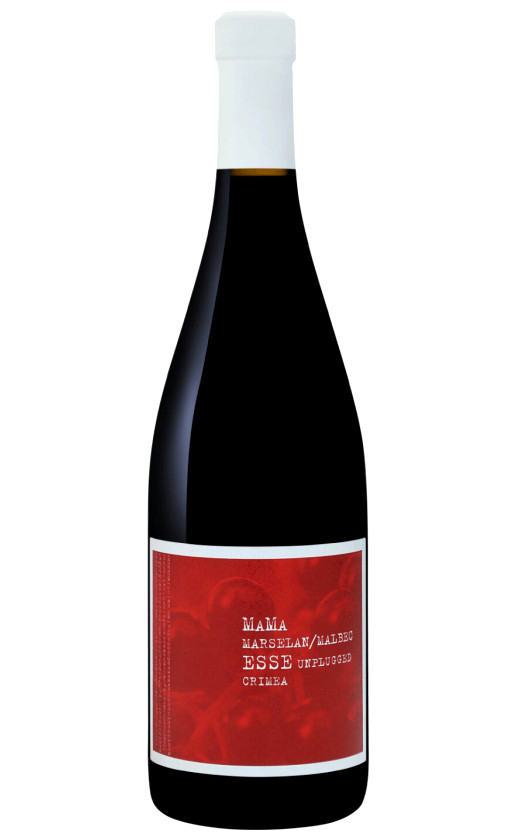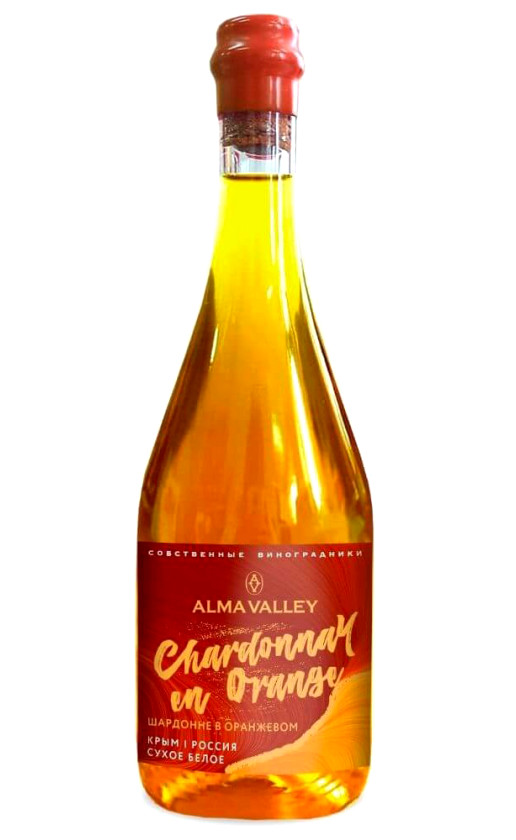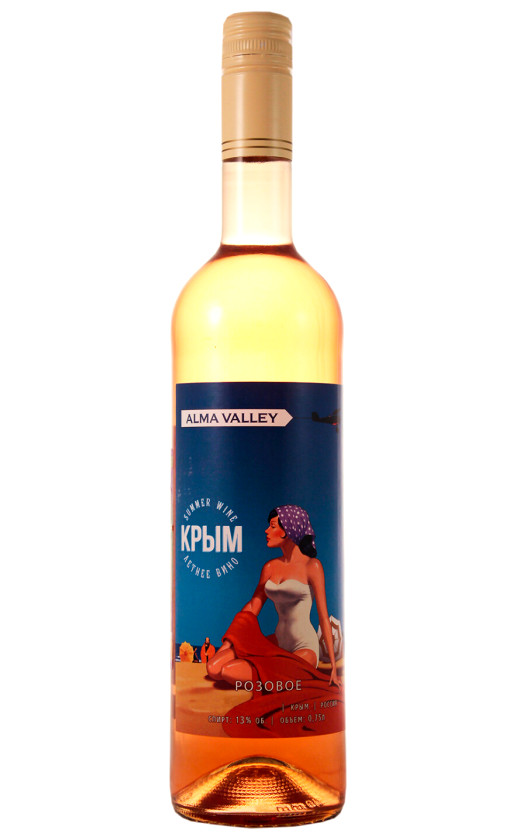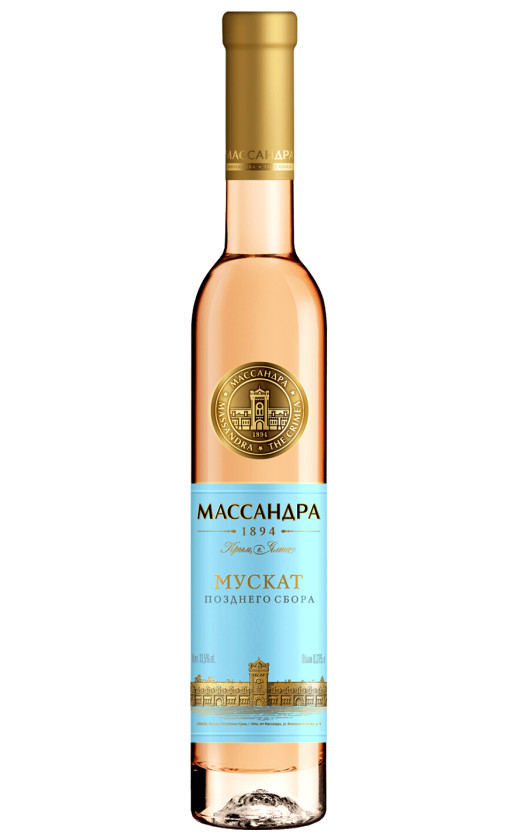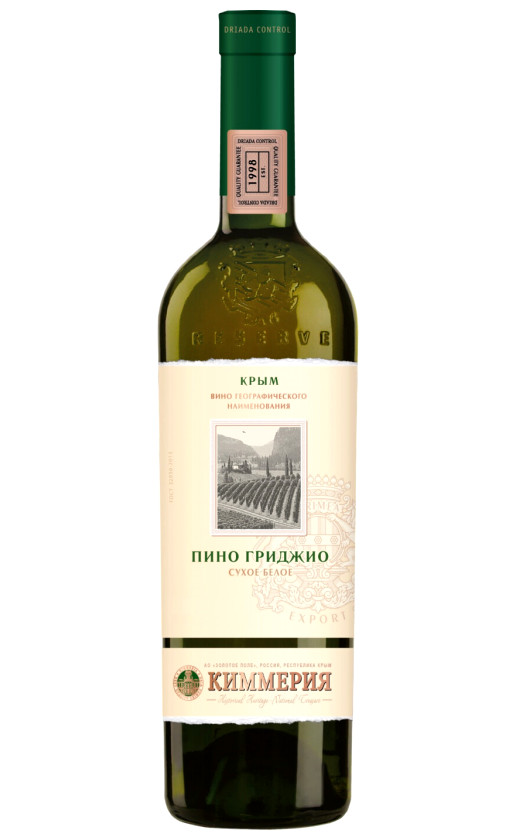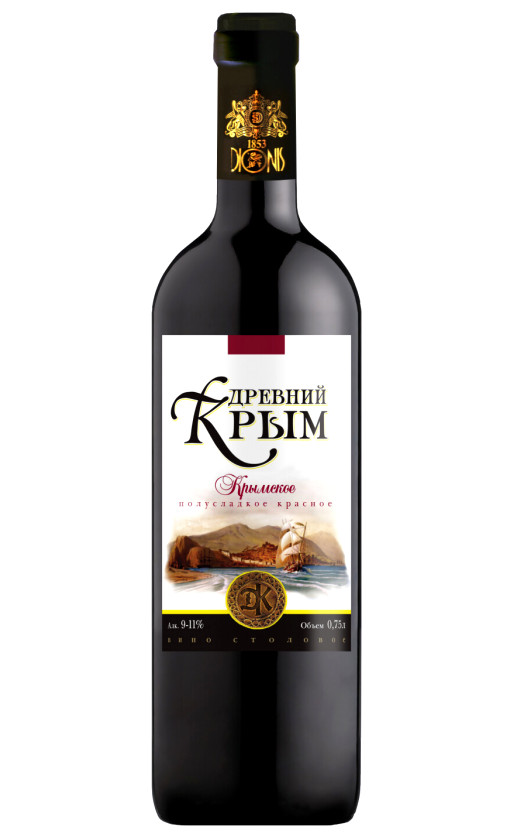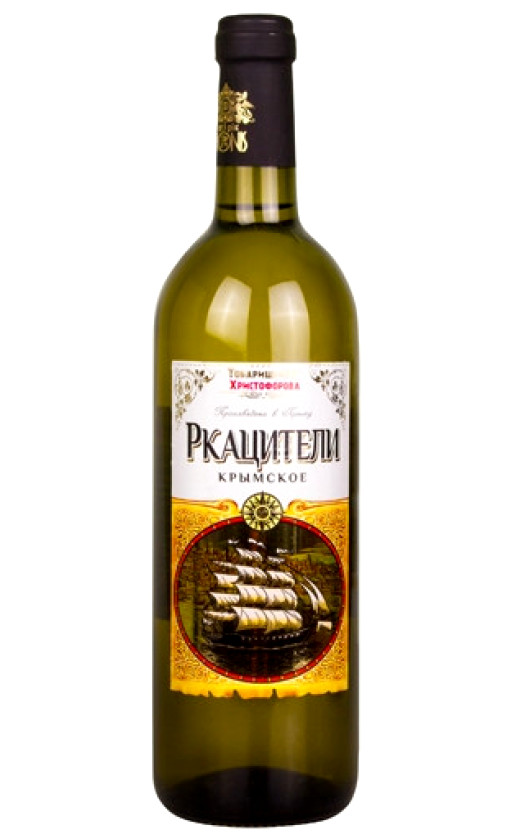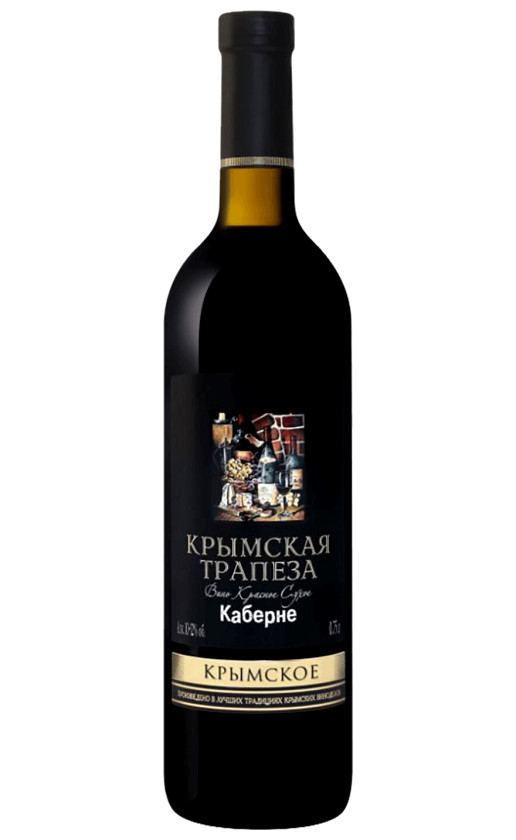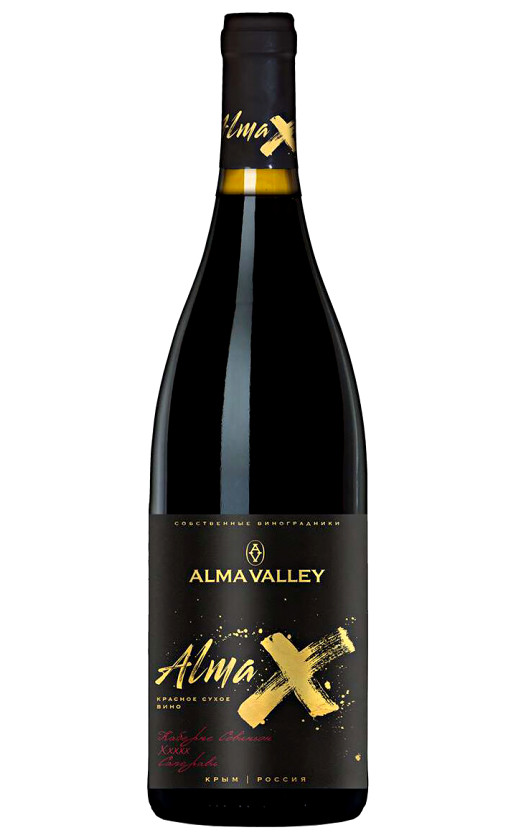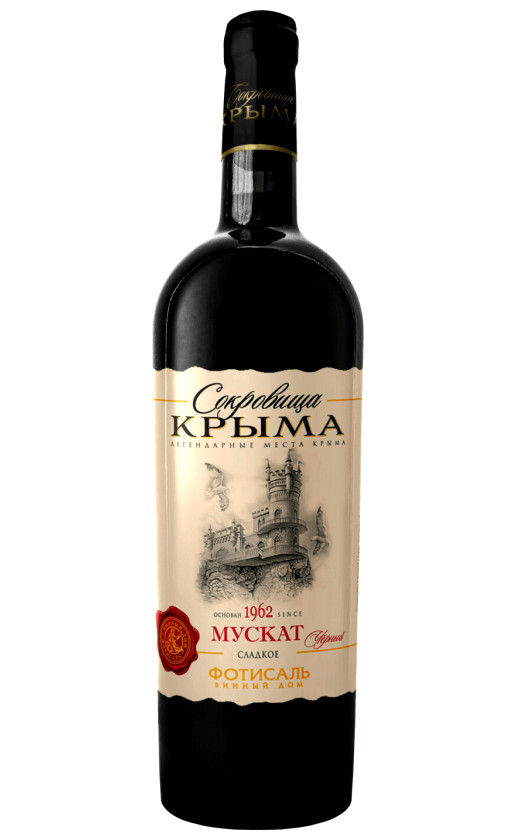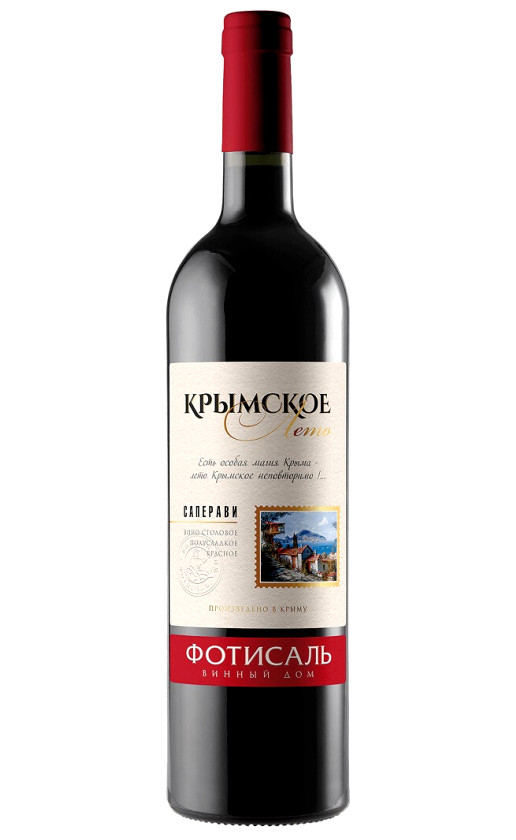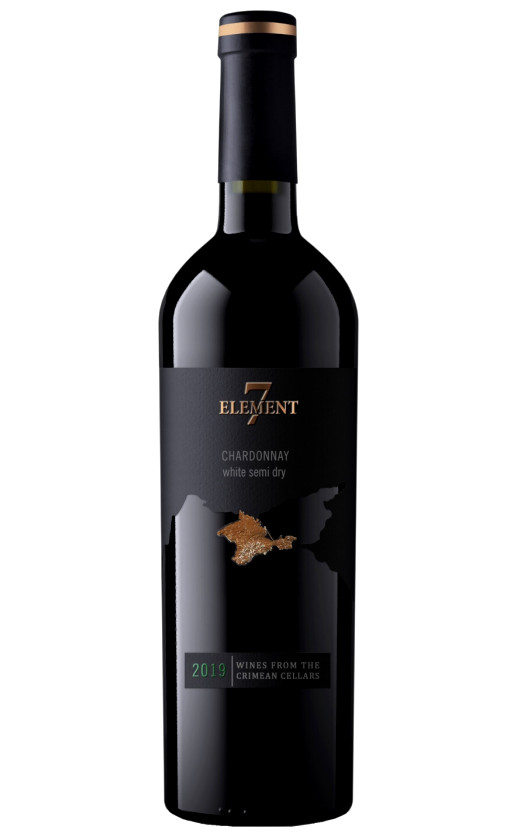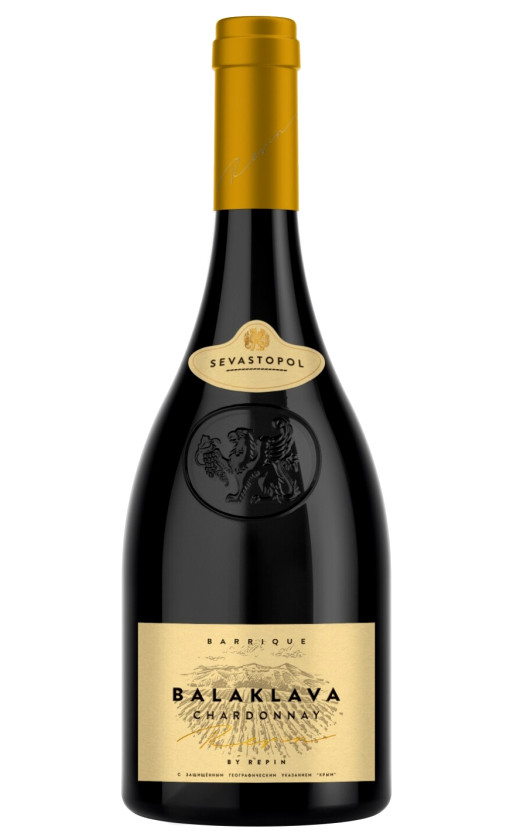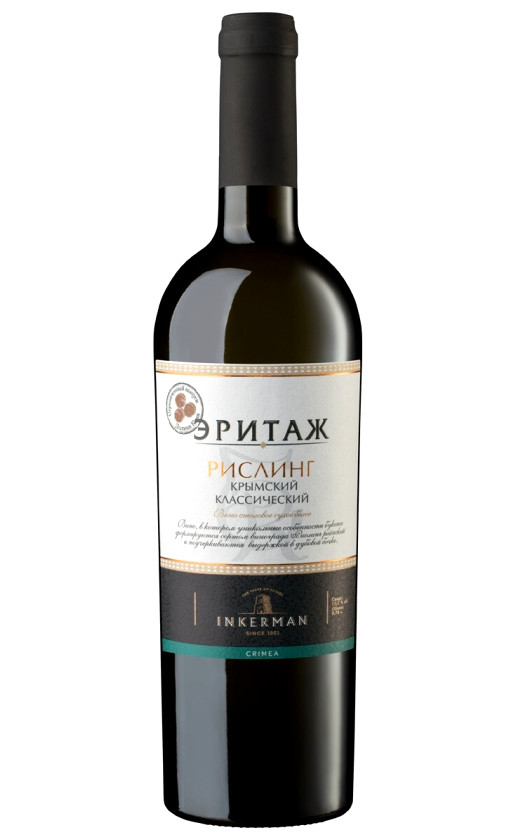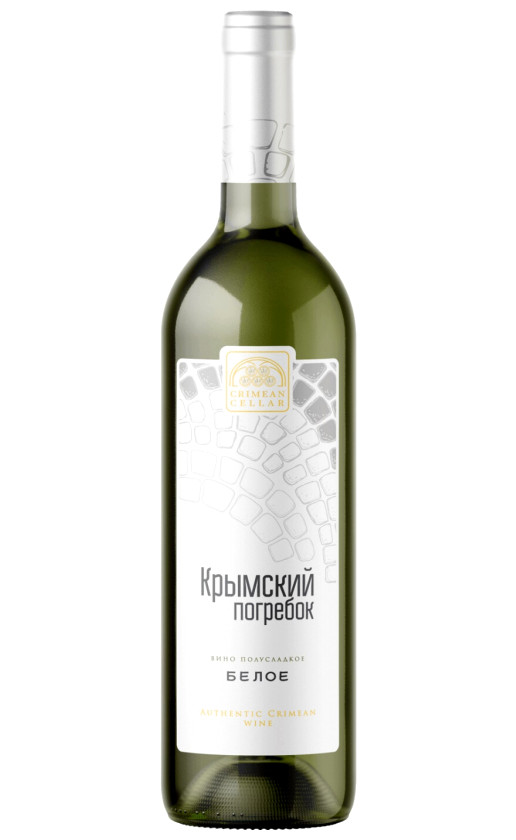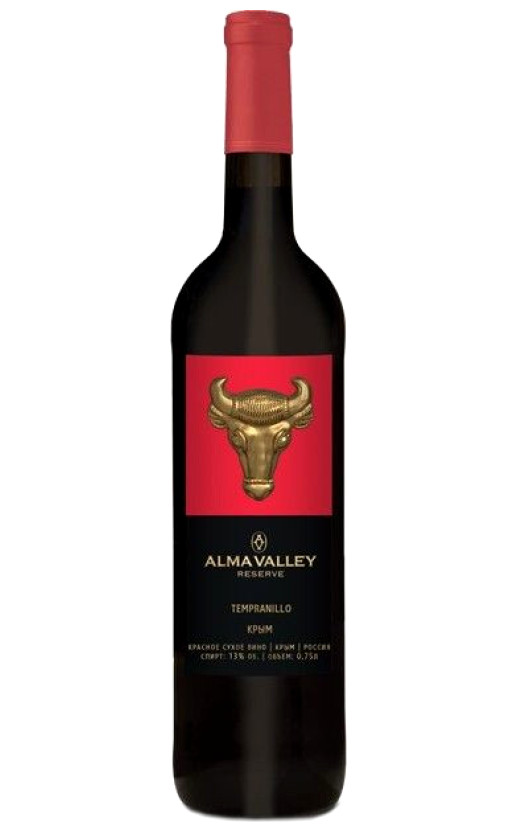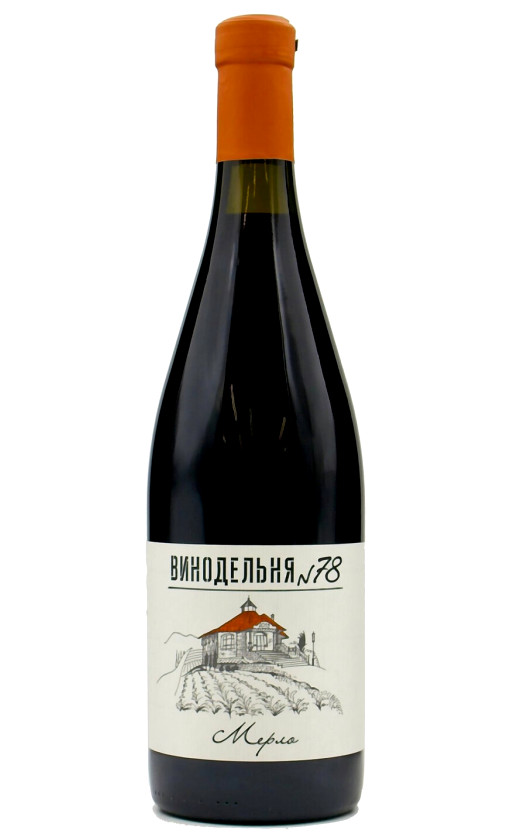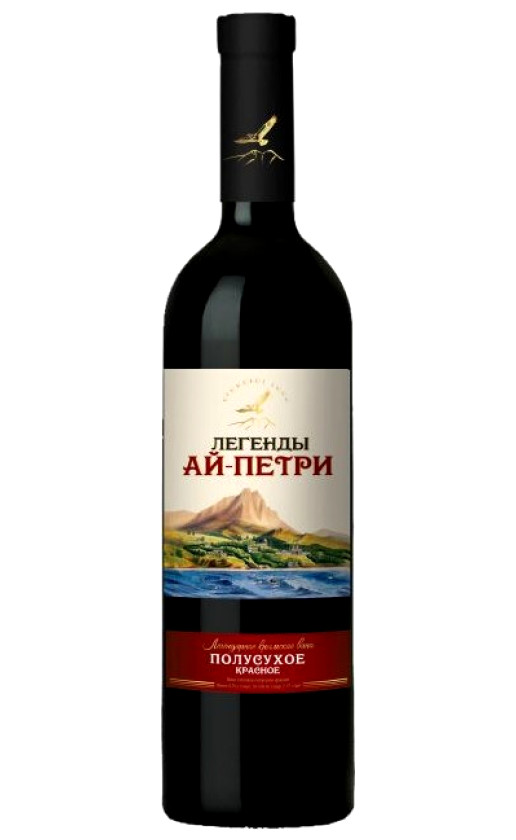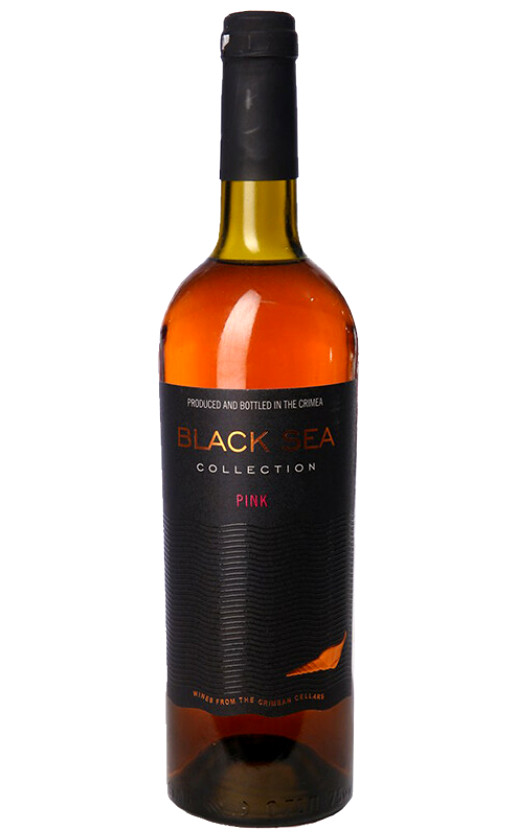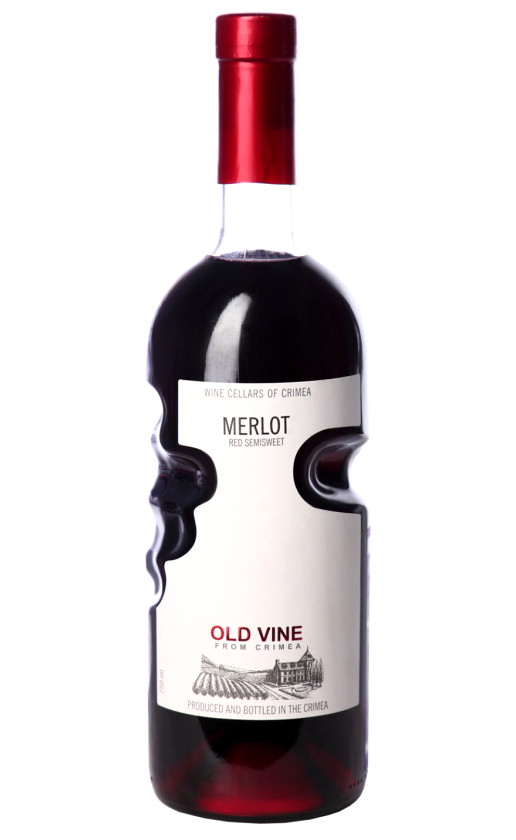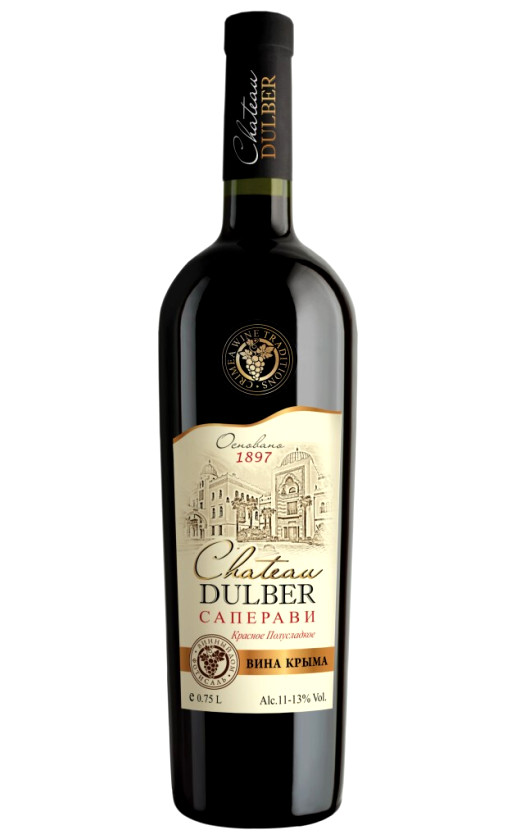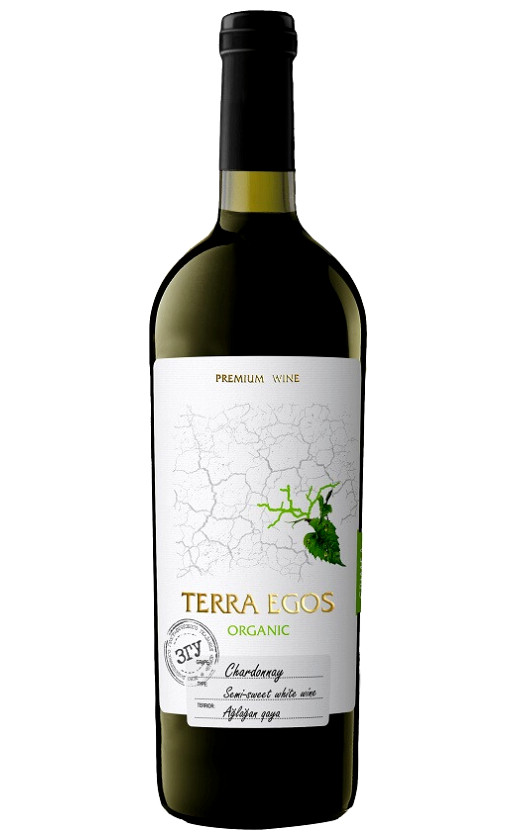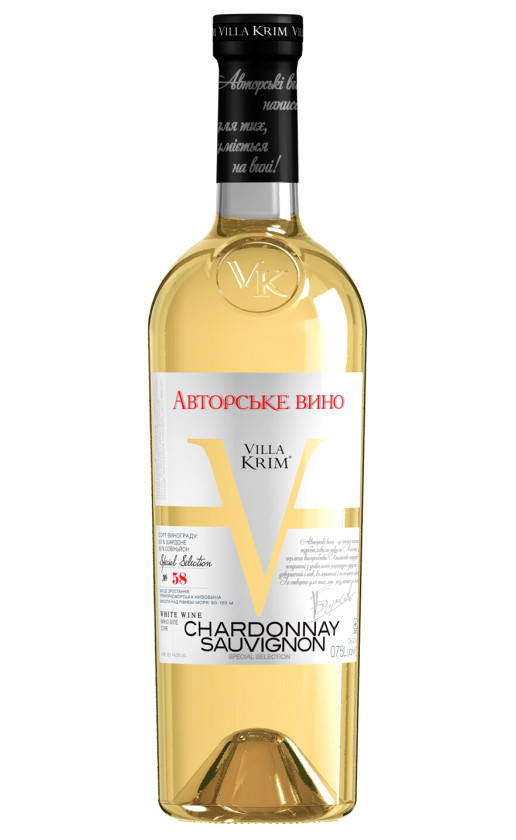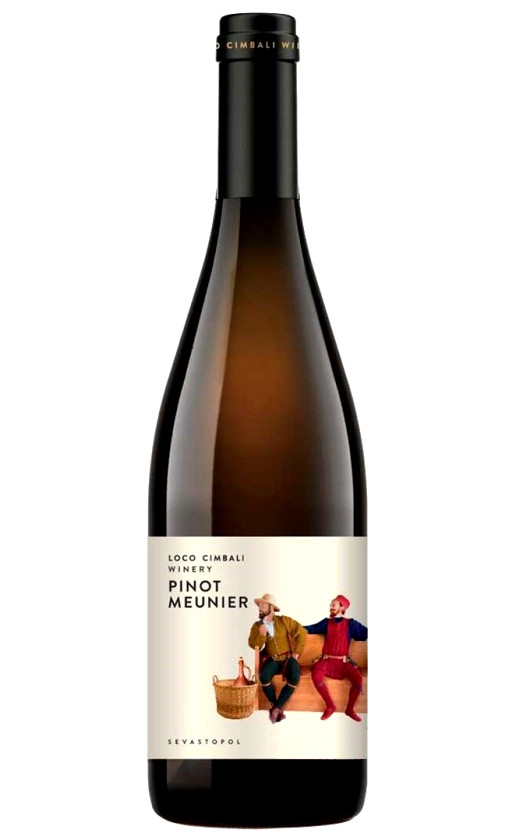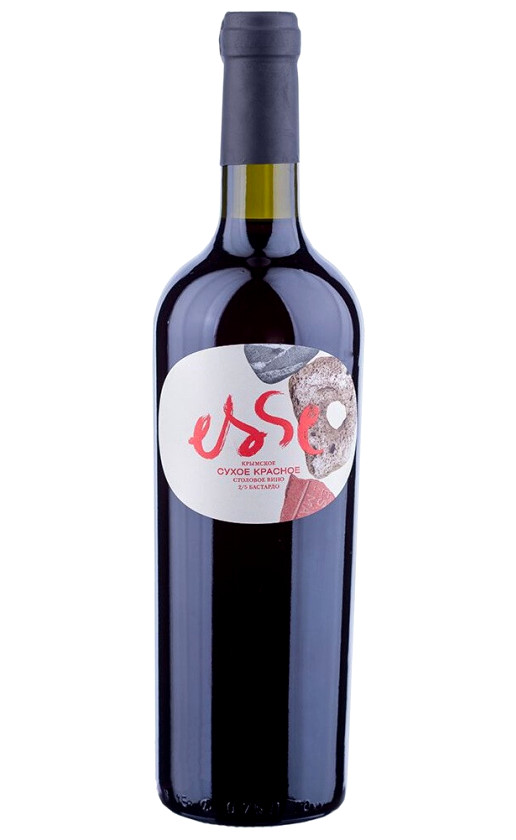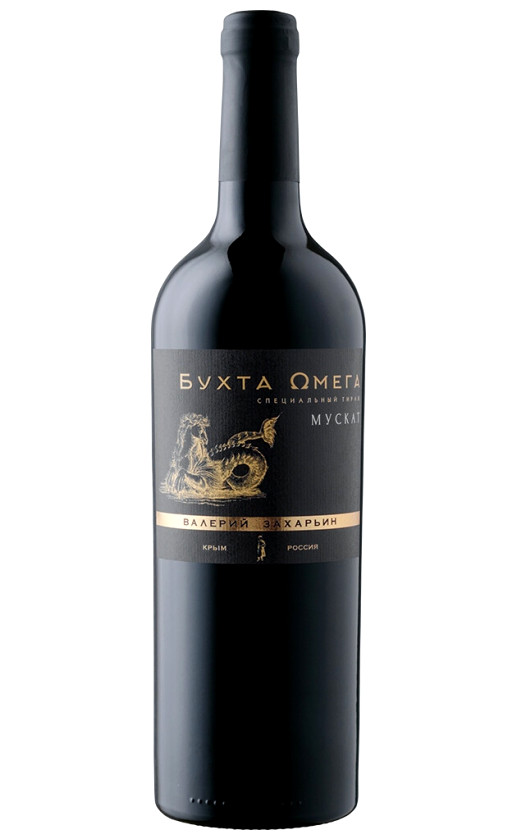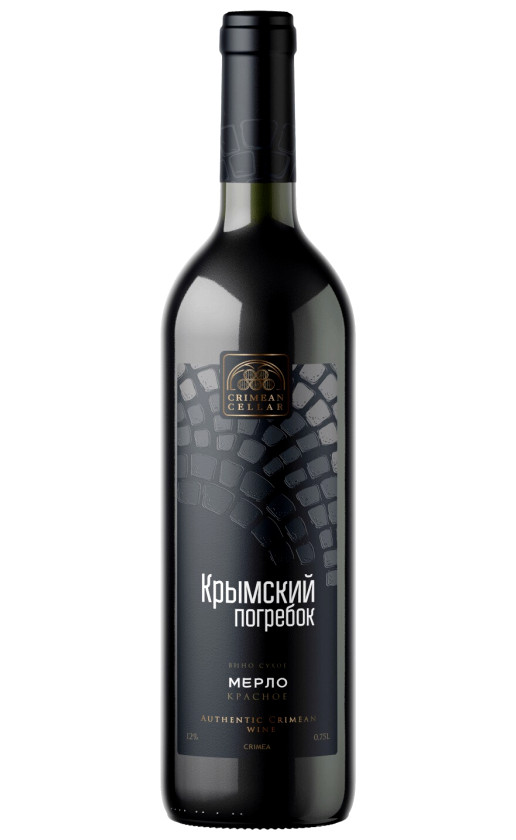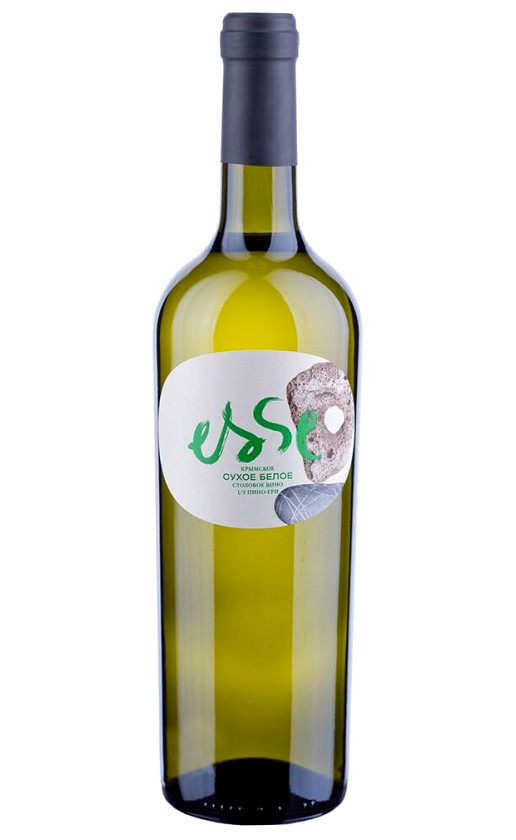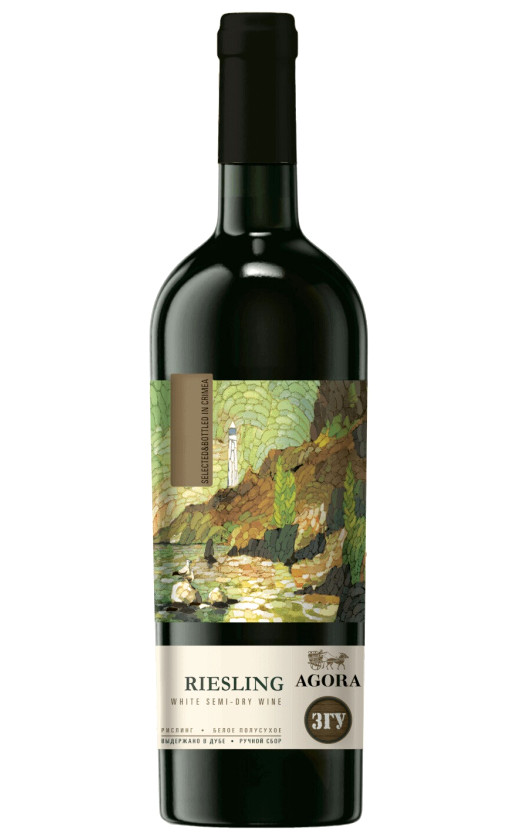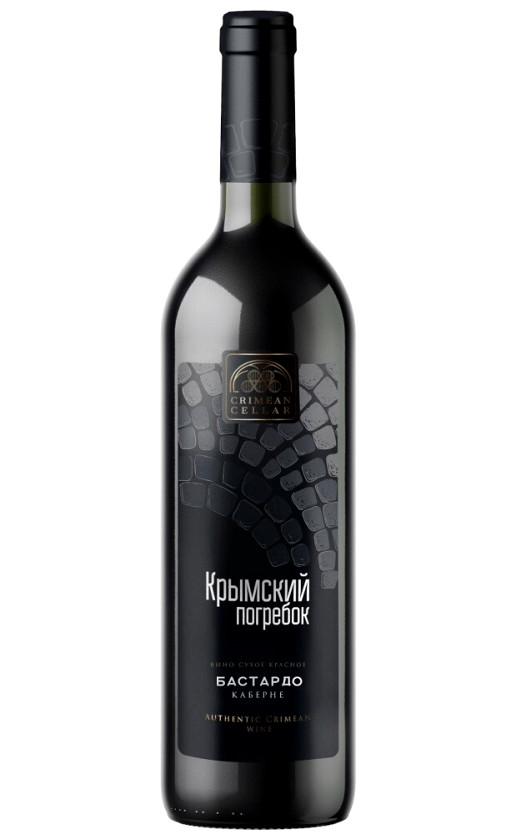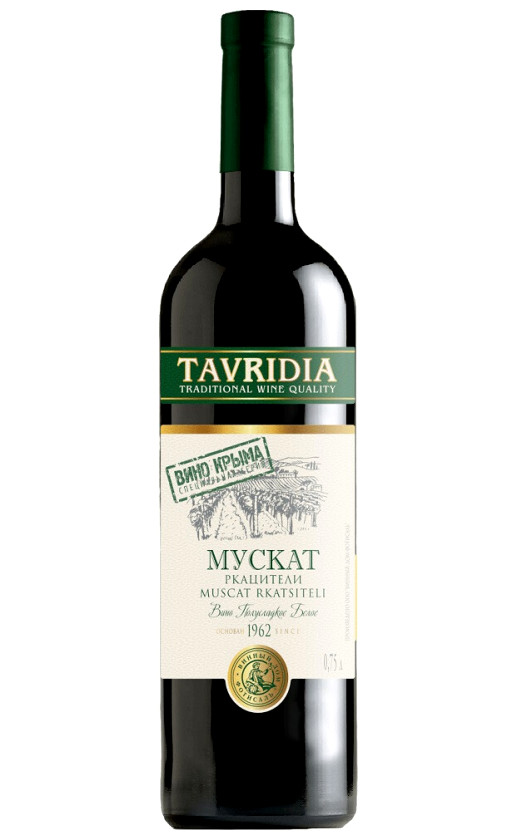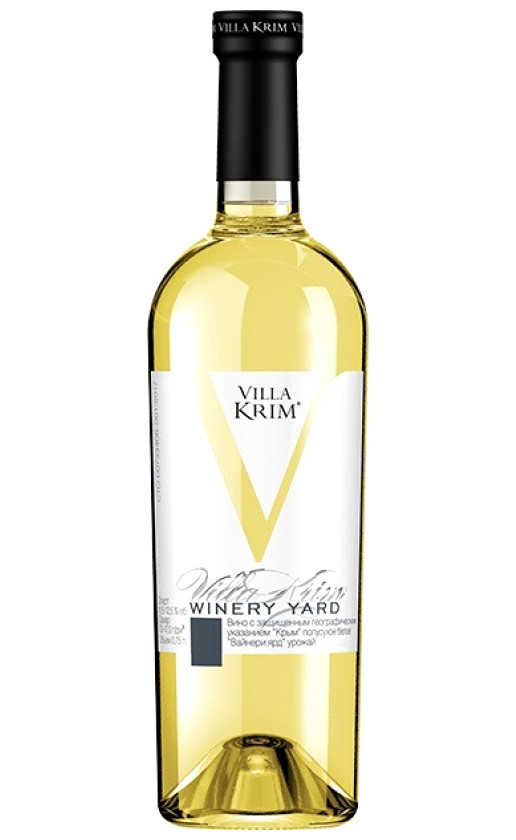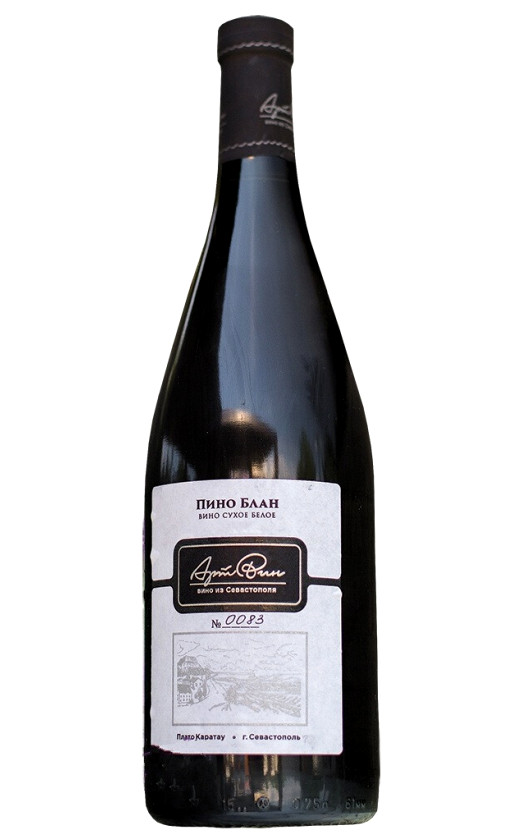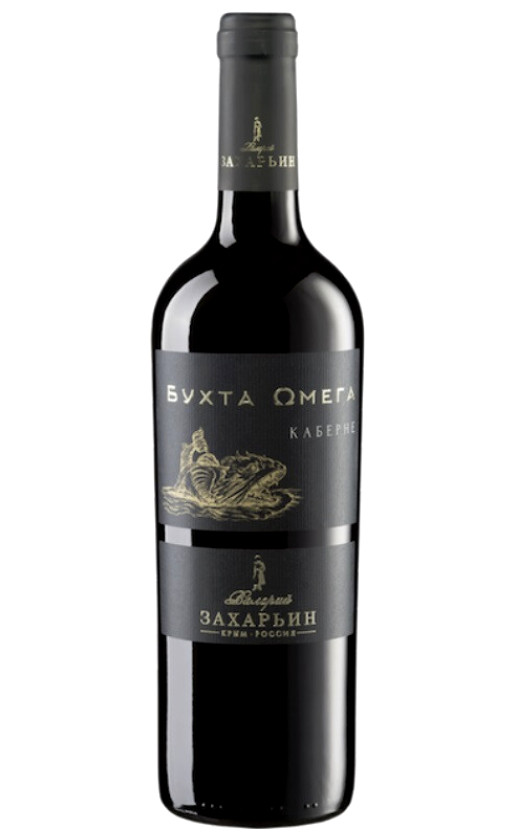Refine Search
Category
Crimea
Crimean Wine: Secrets of Production
The Crimean region boasts many winemaking areas, including "Red Stone", "Koktebel Valley", "Northern slope of the Crimean mountains", "Novosvet Amphitheatre", "Sudak Valley", and others. Specialists in each of these areas use traditional technologies to make delicious drinks, which are enjoyed by people in different countries. To buy Crimean wine, you can use the service Vi.Wine, where the price depends on the crop year and brand.How Crimean Wine is Made
Winemaking in the Crimea dates back to Ancient Greece, and the sunny peninsula is ideally suited for this process. Today, the popular grape varieties used to produce the drink include Rkatsiteli, Aligote, Riesling, Cabernet Sauvignon, Muscats, Merlot, Chardonnay, and Saperavi. Vineyards on the island cover over 18 thousand hectares of land, with the foothill zone being preferred for the production of high-quality semi-dry and semi-sweet wines, while the southern part produces spirits and dessert drinks. The production process follows 5 basic steps:- Harvesting: Most often, harvesting is carried out industrially, except for expensive vintage wines, for which the picking and sorting is done manually.
- Mash Preparation: The grapes are pressed to separate the pulp from the skin, and the must is transferred to barrels for fermentation.
- Fermentation: Fermentation is carried out using artificially bred yeast cultures or natural yeasts, which produces a "cap" of fermentation residues on the surface of the wort. The duration of this stage takes from 5 to 30 days, depending on the temperature and variety.
- Aging: Once fermentation stops, the beverage is aged in special barrels to prevent it from oxidizing. The period of aging depends on the variety of wine.
- Packaging: At the end, the finished drink is poured into containers for sale.
Tasting Characteristics
Crimean wines come in four varieties based on the grape variety used: white, pink, red, and orange. Below are the tasting characteristics:- Color: White wines are delicate with a light yellow or golden color, while pink wines range from pale to bright pink. Red wines have a bright color (ruby), and orange wines have an orange or amber hue.
- Aroma: Wines have a characteristic sweetish aroma with fruity and berry notes.
- Taste: Semi-sweet wines taste harmonious, fresh, without tones of oxidation. Semi-dry wines have a slightly sour taste with a mild berry flavor, and the tartness varies from 8 to 12%. The sugar content varies from 1 to 8%.
